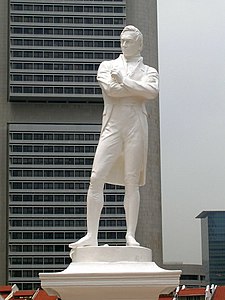Thomas Woolner

Thomas Woolner (December 17, 1825 – October 7, 1892) was a English sculptor and poet.
Born in Hadleigh, Suffolk he was a founder-member of the Pre-Raphaelite Brotherhood. Woolner trained with the sculptor William Behnes, exhibiting work at the Royal Academy from 1843.
Woolner's classical inclinations were rather difficult to reconcile with Pre-Raphaelite Medievalism, but his belief in close observation of nature was consistent with their aims. Woolner's sculptures immediately after the foundation of the Brotherhood in 1848 display close attention to detail. He made his name with forceful portrait busts and medallions, but was at first unable to make a living. He was forced to emigrate to Australia for a period, but eventually returned to Britain, soon establishing himself as both a sculptor and art-dealer. His visit to Australia nevertheless helped him to obtain commissions there and elsewhere for statues of British imperial heroes, such as Captain Cook and Sir Stamford Raffles. However, his most personal and complex works in sculpture are probably Civilisation and Virgilia. These demonstrate his attempt to express the tension between the static stone and the dynamic desires of the figures represented emerging into solidity from it.
He was elected to the Royal Academy in 1875 and served as professor of sculpture from 1877 to 1879.
Woolner was also a poet of some reputation in his day. His early poem My Beautiful Lady is a Pre-Raphaelite work, emphasising intense unresolved moments of feeling. His later narrative works, Pygmalion, Silenus and Tiresius renounce Pre-Raphaelitism in favour of an often eroticised classicism. Woolner was a close friend of Alfred Tennyson, providing him with the scenario for his poem Enoch Arden. His speculations about human anatomy also impressed Charles Darwin, who named part of the human ear the 'Woolnerian Tip' after a feature in Woolner's sculpture Puck.
Thomas Woolner died instantly from a stroke at the age of 67.
